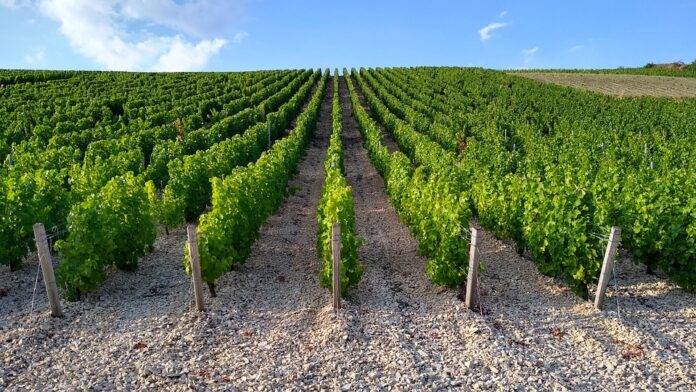The Role of Canopy Management in Balancing Aromatics and Acidity
Introduction
Canopy management in vineyards plays a crucial role in determining the quality and characteristics of wine grapes. By controlling the amount of sunlight, air circulation, and shade that reaches the grape clusters, growers can influence the ripening process and ultimately the flavor profile of the resulting wine. In this report, we will explore how canopy management techniques can be used to balance aromatics and acidity in wine grapes, leading to a more harmonious and complex final product.
Understanding Canopy Management
Canopy management refers to the practices employed by vineyard managers to manipulate the growth and structure of the grapevine canopy. This includes techniques such as leaf thinning, shoot positioning, and hedging, all of which can impact the microclimate around the grape clusters. By adjusting the density of foliage and the exposure of the grape clusters to sunlight, growers can influence the development of aromatic compounds and acidity in the grapes.
Effects on Aromatics
Aromatics are a key component of wine quality, contributing to the overall sensory experience of the wine. The compounds responsible for aromatics are primarily found in the grape skins and are influenced by factors such as sunlight exposure and temperature. Canopy management techniques that promote sunlight penetration to the grape clusters can enhance the development of these aromatic compounds, resulting in wines with more pronounced and complex aromas.
Effects on Acidity
Acidity is another essential element in wine, providing structure, balance, and freshness to the overall flavor profile. The acidity of wine grapes is influenced by factors such as temperature, soil composition, and canopy density. Canopy management practices that moderate sunlight exposure to the grape clusters can help to retain acidity in the grapes, leading to wines that are vibrant and well-balanced.
Industry Insights
In the wine industry, canopy management is considered a fundamental aspect of viticulture and is widely practiced by vineyard managers around the world. Companies such as E. & J. Gallo Winery and Treasury Wine Estates have invested significant resources in researching and implementing canopy management techniques to optimize grape quality and wine flavor. These companies have reported improvements in aromatics and acidity balance in their wines as a result of their canopy management practices.
Financial Data
According to industry reports, vineyard owners who implement effective canopy management practices can expect to see a return on investment in the form of higher-quality grapes and improved wine sales. The cost of canopy management varies depending on the size of the vineyard and the specific techniques used, but the long-term benefits in terms of wine quality and marketability are well worth the investment.
Conclusion
In conclusion, canopy management plays a crucial role in balancing aromatics and acidity in wine grapes, leading to wines that are more complex, harmonious, and well-rounded. By employing techniques that optimize sunlight exposure, air circulation, and shade within the vineyard, growers can enhance the development of aromatic compounds and retain acidity in the grapes, resulting in wines of exceptional quality. Companies in the wine industry continue to invest in canopy management practices as a means of improving grape quality and ultimately the flavor of their wines.


